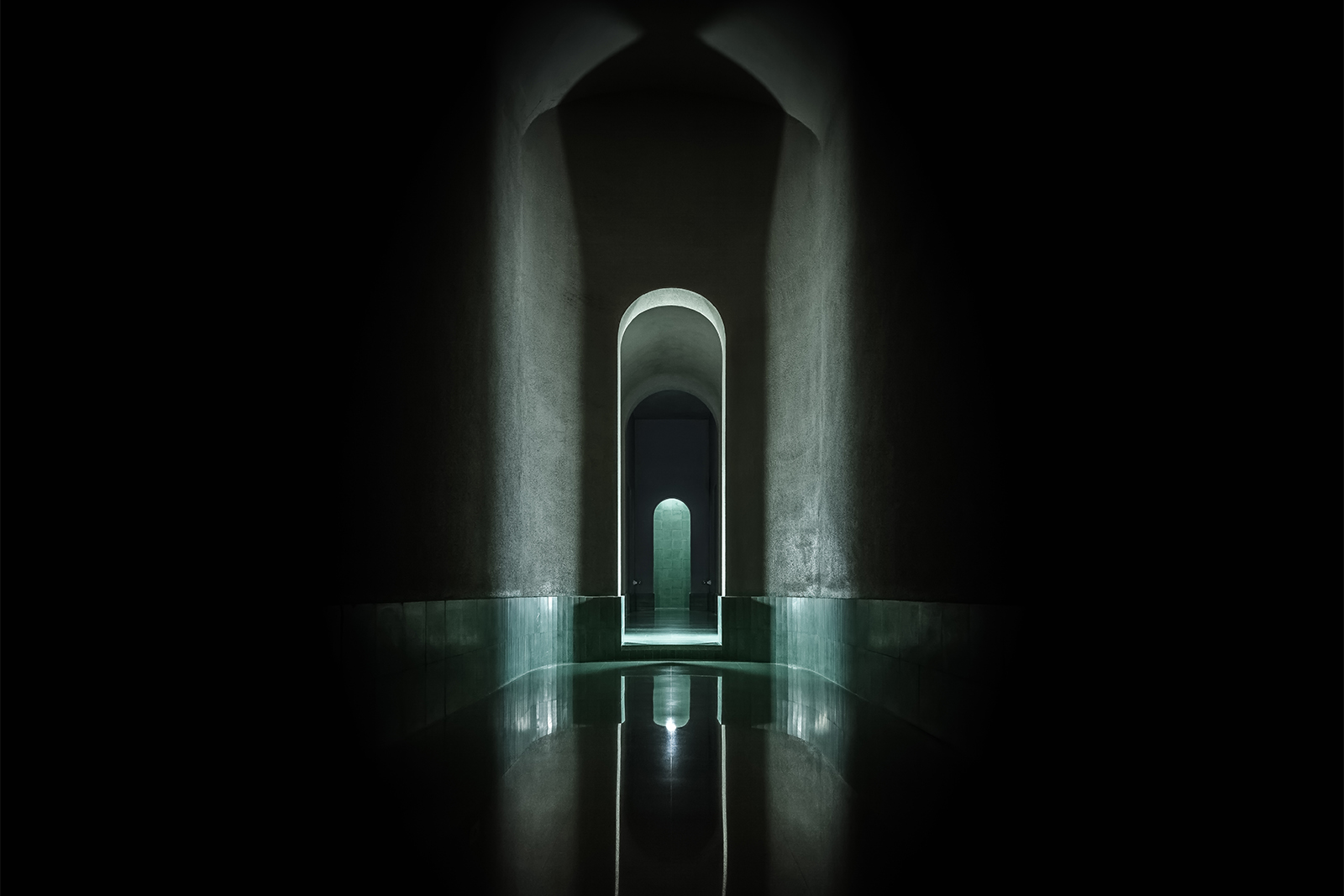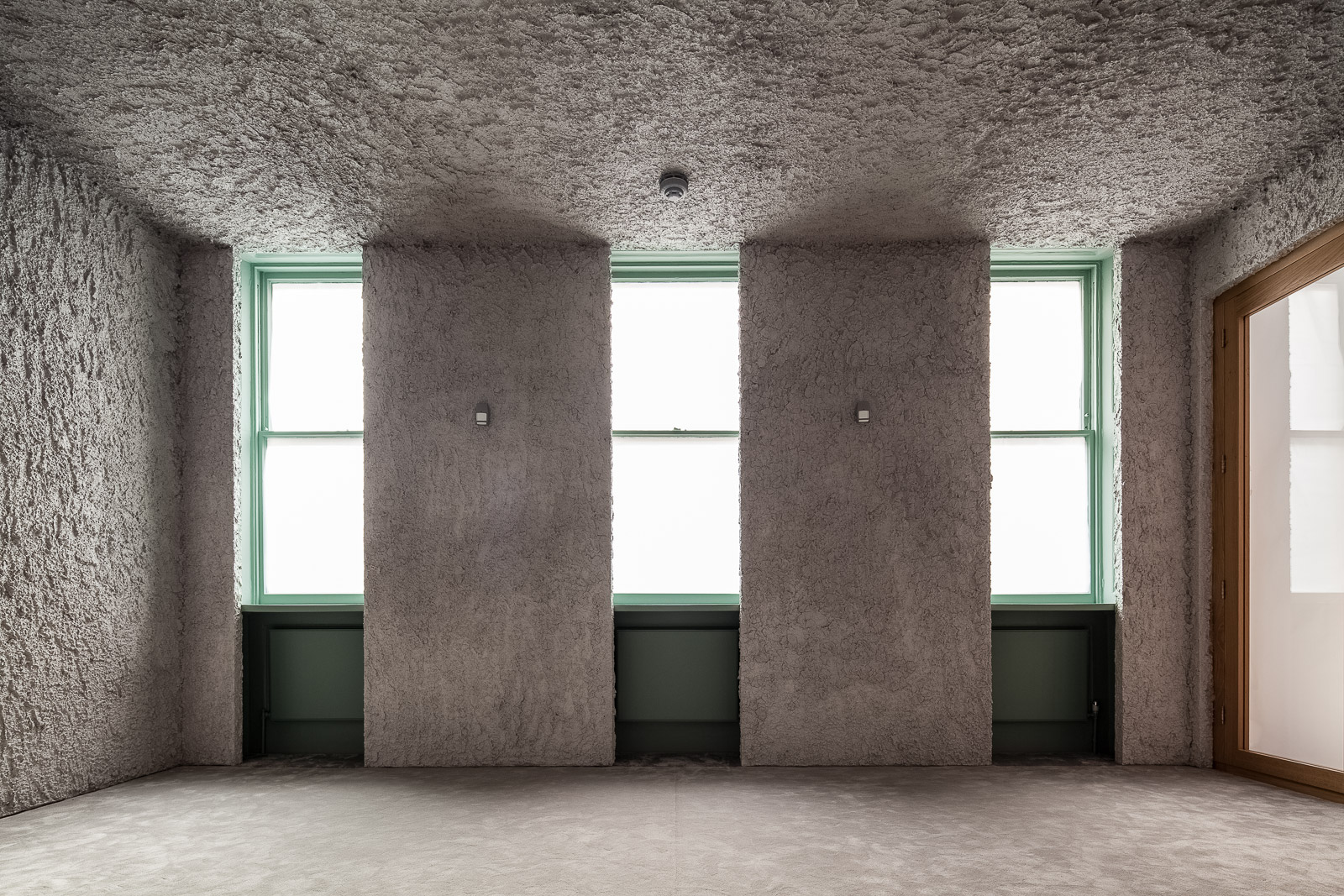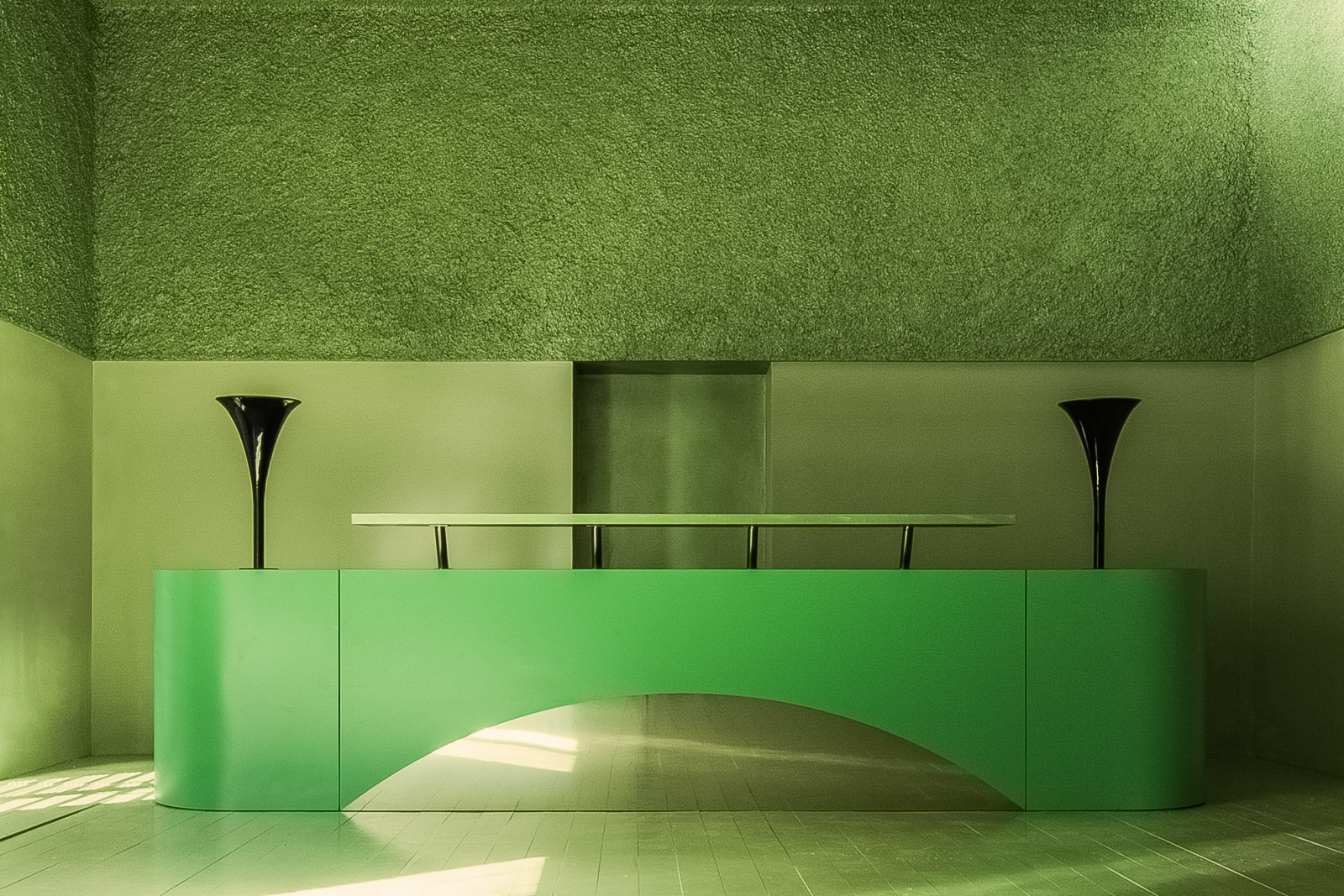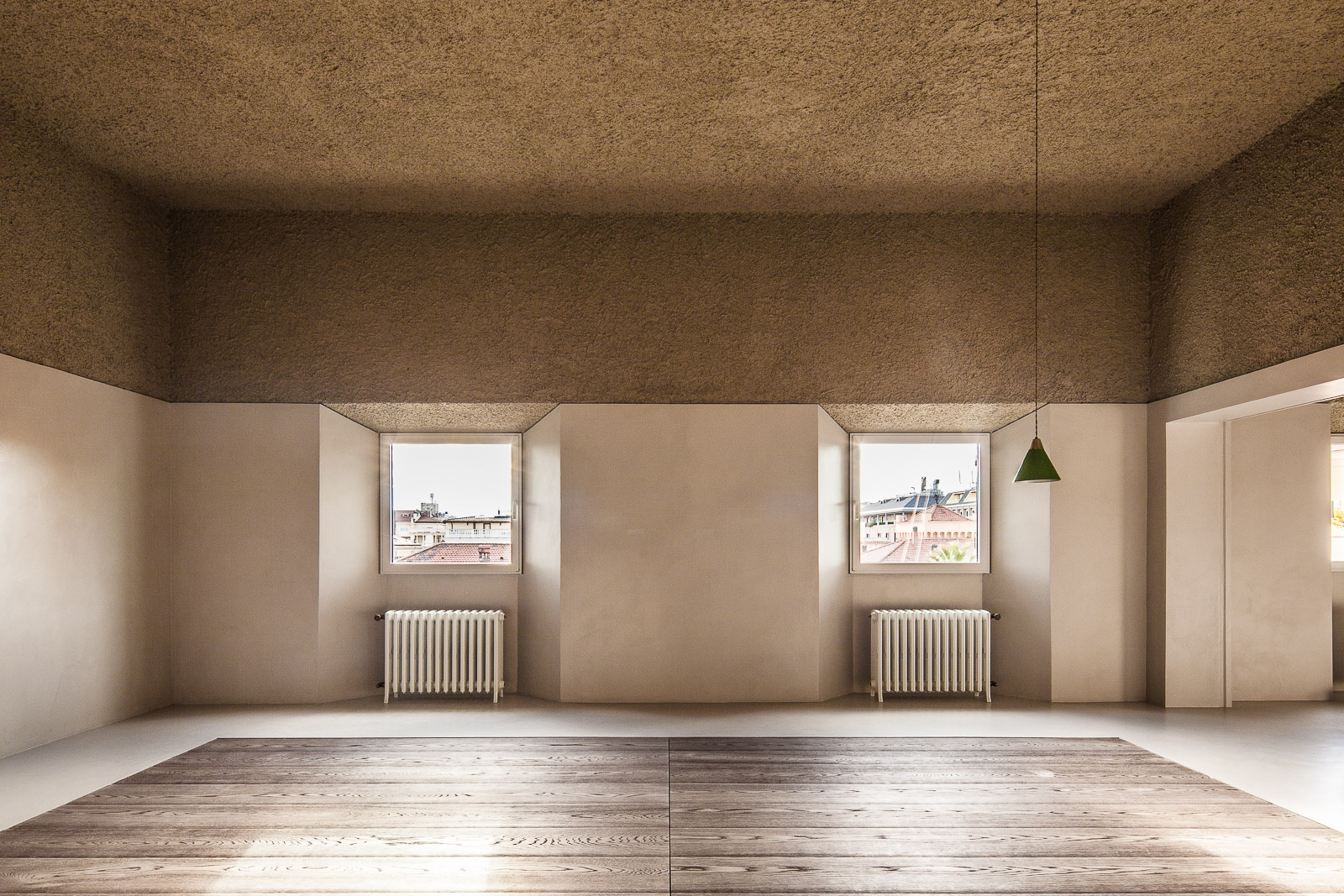
Review
Mrinalini Ghadiok
As an architect, I understand architecture as a process, an evolution of thought, a journey from inception to creation; it is dynamic, responsive and rather impressionable. Architecture is rarely a unique moment or singular image, devoid of variance. And therefore, architecture is seldom able to define a specific thought with the sanctity that it has been conceived with.
Antonino Cardillo challenges the very norms of the architectural process as we have popularly come to know it. His works transcend the course to deliver moments that are sublime, experiences that are intangible, and spaces that are overwhelmingly immersive.
Premising his work on the classical elements of antiquity: fire, air, water and earth, over a period of five years, Cardillo reintroduces the themes of the grotto and the arch in the architecture of the present. “The Four Grottoes represent an investigation about forgotten meanings of the past, like a contemporary translation of a codex based upon the ideas of protection and eroticism. The grotto alludes to uterine protection and the arch alludes to the presence of the phallus. Both are related to the origin of the sacred. Consequentially these archetypes, which still inhabit the subconscious of the humans, admonish us that there is something else beyond the common sights imposed by society”, says Cardillo.
The architect’s astute approach to the four projects is softened by the sensuality of their forms the crudity of textures celebrated by the eroticism concealed in the act of construction. A discriminating palette of natural materials fuses together to realise the four distinct, yet agnate grottoes, each an exquisite sanctuary of elegance.
Fire
The bold stroke of a fine brush on a plastered canvas defines the apical arch, repeated in tandem to create relentless perspectives and interminable depths.

Antonino Cardillo, Specus Corallii, Cattedrale di Trapani, 2016. Photography: Antonino Cardillo
Air
The brawny architectural language is injected with life as a faint glow suffuses the volume, or a distinct beam draws incisive patterns of light and shade.

Antonino Cardillo, Colour as a Narrative, London, 2015. Photography: Antonino Cardillo
Water
The gentility of the perfectly selected verdant hues, delicately sheeting expanses of bare walls are layered deliberately over abrasive textures.

Antonino Cardillo, Crepuscular Green, Mondrian Suite Art Gallery, Rome, 2014. Photography: Antonino Cardillo
Earth
The earth is disrobed and fractured, crumbled into a fine dust that evolves into forms, forms into space, and space into experiences.

Antonino Cardillo, House of Dust, Rome, 2013. Photography: Antonino Cardillo
Through architecture, Cardillo explores the anthropological meanings that each colour or material contains. He capers with light and cavorts with shadow before introducing them to his created volumes. “If light is the raw material of architecture, when light encounters a solid material changing its nature and form, it reverberates on other surfaces in a game of divisions until it decays into darkness”, claims the discerning designer. Antonino Cardillo is not the customary architect; he is a builder of visions, of exceptional experiences, and transcendental moments.
